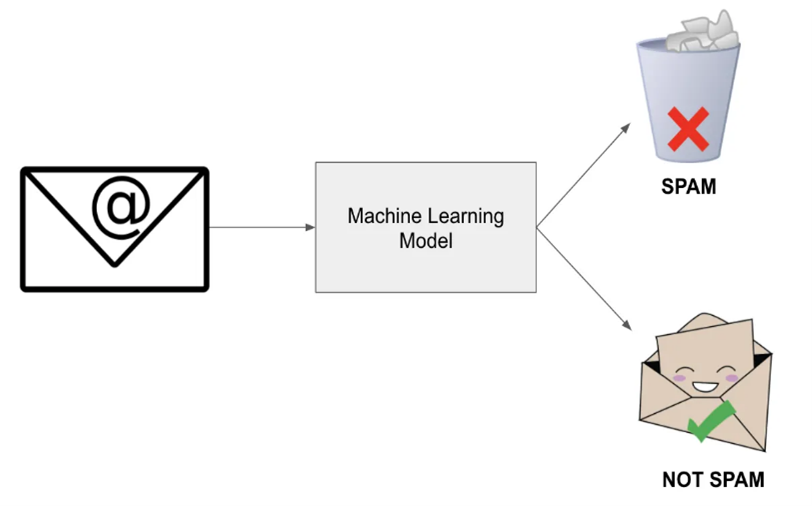Research Article | Open Access
|
Open Access
|


 | Published online: 28
May 2025
Spam Detection in Emails: A Comprehensive Study and Implementation
Approach
| Published online: 28
May 2025
Spam Detection in Emails: A Comprehensive Study and Implementation
Approach
Mohd Shafi Pathan* and Aman Dhyani
Department of Computer Science and Information Technology, MIT Art Design and Technology University, Pune, Maharashtra, 412201, India
*Email: shafi.pathan@mituniversity.edu.in
J.SmartSens.Comput., 2025,1(1),25204 https://doi.org/10.64189/ssc.25204
Received: 13 April 2025; Revised: 12 May 2025; Accepted: 22 May 2025
Abstract
Spam emails continue to represent a pervasive cybersecurity challenge, affecting users and organizations worldwide. This reserach provides an in-depth exploration of spam detection techniques, encompassing rulebased, machine learning-based, and hybrid methods. Emphasis is placed on the design, implementation, and evaluation of advanced detection models that utilize state-of-the-art feature extraction methods and learning algorithms—including Naive Bayes, Support Vector Machines (SVM), Random Forest, and Deep Neural Networks. Through extensive experiments on publicly available datasets (e.g., the Enron Spam Dataset), the study assesses each model’s performance using accuracy, precision, recall, F1 score, ROC curves, and confusion matrices. In addition, the research highlights the evolving tactics of spammers, the challenges of large-scale data processing, and the trade-offs in minimizing false positives versus false negatives. This study concludes with an analysis of the practical implications, limitations of current methodologies, and a roadmap for future research in adaptive, real-time spam filtering systems.
Graphical Abstract
Novelty statement
This study concludes with an analysis of the practical implications, limitations of current methodologies, and a roadmap for future research in adaptive, real-time spam filtering systems.






